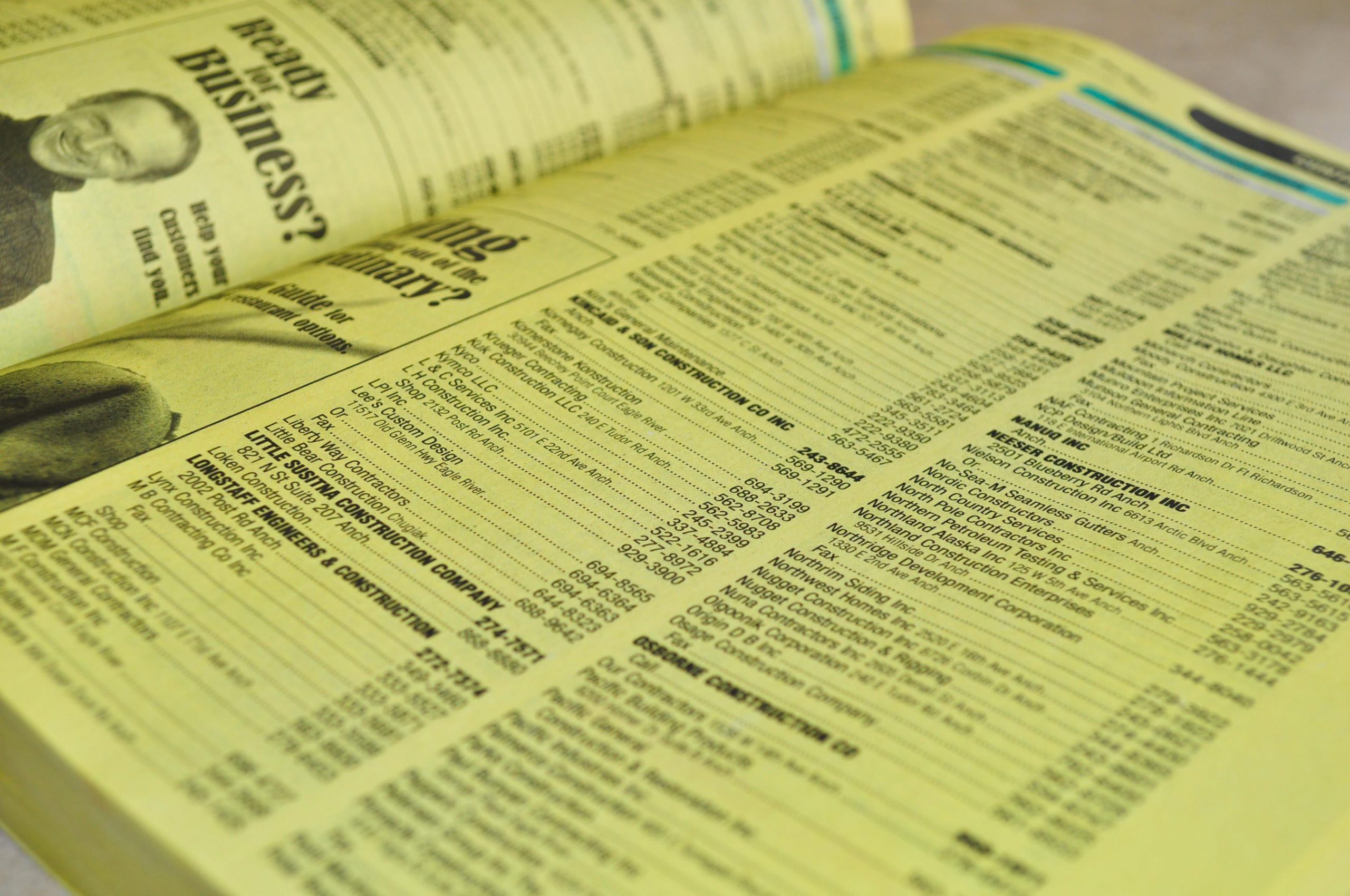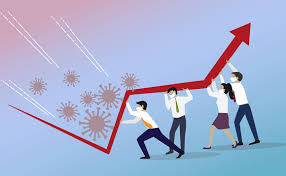When the prices of goods and services rise and fall, the inflation rate is calculated.
It is estimated using consumer price indices. Generally, inflation is measured by looking at the year over year change of the index according to the current month.
DataEco calculates our consumer price indices by using over 700 goods and services as a representative sample, sampling from over 20,000 outlets within the UK. Our Consumer Prices Index including owner occupiers’ housing costs (CPIH) is the most complete measure of inflation because it includes housing costs and Council Tax which are both left out of standard CPI.
Inflation is important to understand because it shows how stable the economy of a country is based on the behaviours of a country and its citizens. Any organisation should be aware of the inflation rate and trends because it can often be an indicator of how consumers are going to behave in the future, which impacts anybody that is selling goods or services. If people lack confidence in the market, they will hold onto their assets and be less likely to spend as much money than if they felt good about the market conditions. This affects organisations across every industry in the UK.
There are several different ways to predict inflation, and DataEco utilises all of them.

Hoarding
When prices increase rapidly, consumers may begin to hoard basic commodities. Many people do this out of fear of further price increases, but there are also speculators who buy the commodities with the hope of selling them at a higher price at a later time. DataEco evaluates this data and shows what markets and organisations will be most affected by this hoarding, allowing you to make decisions based on competitor and market analysis.
Price Increases
Inflation is the increase in the average price of goods and services that is not met with the same percentage increase in income across the country. This can happen over a long period time or be a sudden event that causes short-term catastrophe.
Purchasing Power Decrease
As inflation rates increase and people don’t receive proportional raises in income, they are unable to purchase as many goods and services as they were before. This hurts both the families and the businesses that are produce or provide those goods and services. When consumers can’t purchase with the same power as in the past, the future doesn’t look as good for the companies across every industry in the UK.
Increased Spending
Some people may spend more if they fear increased prices, hoping to get more bang for their buck on the products and services that haven’t yet gone up in price. This ultimately adds to inflation because it increases demand on scarce supply, causing organisation to increase their prices even further to keep up with this new demand.
Decreased Saving
Increased spending means that people are taking money out of their savings in order to purchase the products and services they need before prices being to rise. This leads to an overall decrease in savings rates for both consumers and businesses.
Decreased Bond Values
If inflation rates are higher than the fixed interest rate that a bond is issued at, then the bond holder loses that percent per year on their purchase. Investments that were previously safe have now become disastrous, and people as well as companies lose their purchasing power as a result of increase prices.
PRICE INCREASES
Inflation is defined as an increase in the average price of goods and services, not including wages, which goes uncompensated by increases in income. These price increases can either occur over time or be a sudden, one-time event.
PURCHASING POWER DECREASE
Increasing prices without a commensurate increase personal or business income means that the currency suffering from inflation has a lower purchasing power. Fewer goods and services are available for a given sum of money, thus making people and businesses financially poorer.
INCREASED SPENDING
In some cases, a fear of increasing prices may trigger people to spend more. This increased spending adds to inflationary problems because it increases demand on a limited supply of products and services, thus increasing prices.
DECREASED SAVING
Because people and businesses may be afraid that the value of money will continue to decrease and that prices will continue to rise, the increased spending during inflation results in a decreased savings rate.
DECREASING BOND VALUES
Bonds are usually issued at a fixed interest rate. If a bond is issued at 5.25 percent and the inflation rate, or loss of currency value, is 8 percent, the bond holder is, in fact, losing 2.75 percent per year by holding the bond. People and companies holding bonds as investments not only lose the purchasing power of the cash they hold, they could lose money on their previously safe investments.
Unlimited subscription £49.99
Now only £35
For Limited Period
READY TO DIVE DEEPER?
One subscription, unlimited UK Company search and downloads.
Sign up to a simple membership plan that gives you unlimited access to predefined dashboards allowing for different analysis and views into critical sales and business intelligence.
Related Posts
February 19, 2024
Ownership insights with DataEco With recent news of tighter legislation being passed through the house of parliament the question that a lot of [...]
February 19, 2024
September 6, 2021
Check a Company Competitors with DataEco So how do you rank? With a lot of emphasis on survival in the last year, many companies [...]
September 6, 2021
May 19, 2021
Companies House Check with DataEco So what is the importance of Companies House? As the UK Company Regulator , it is the [...]
May 19, 2021
December 8, 2020
Ltd Company Check with DataEco So why do we have Limited companies and what is the difference? A ‘Ltd’ or ‘Limited’ company is [...]
December 8, 2020
November 30, 2020
Check UK Company Name with DataEco Save time, energy, and sanity with the only platform you need for finding reliable company data [...]
November 30, 2020
November 18, 2020
UK Company Search The way to perform a UK Company Search depends on the tools you use and how the data has been [...]
November 18, 2020
November 16, 2020
B2B Data Providers There has always been B2B data providers in UK in some form or another. The early days of acquiring mailing [...]
November 16, 2020
November 12, 2020
UK Economy Bounces Back Well it was the signs that we were looking for and for sure the UK Economy is bouncing back. [...]
November 12, 2020
October 29, 2020
UK Companies and Industries at Risk Well it' been a torrid year for all and the uncertainty of which UK Companies and Industries [...]
October 29, 2020
October 12, 2019
Company Check 12 October 2019 Doing a Company Check these days can be a [...]
October 12, 2019










